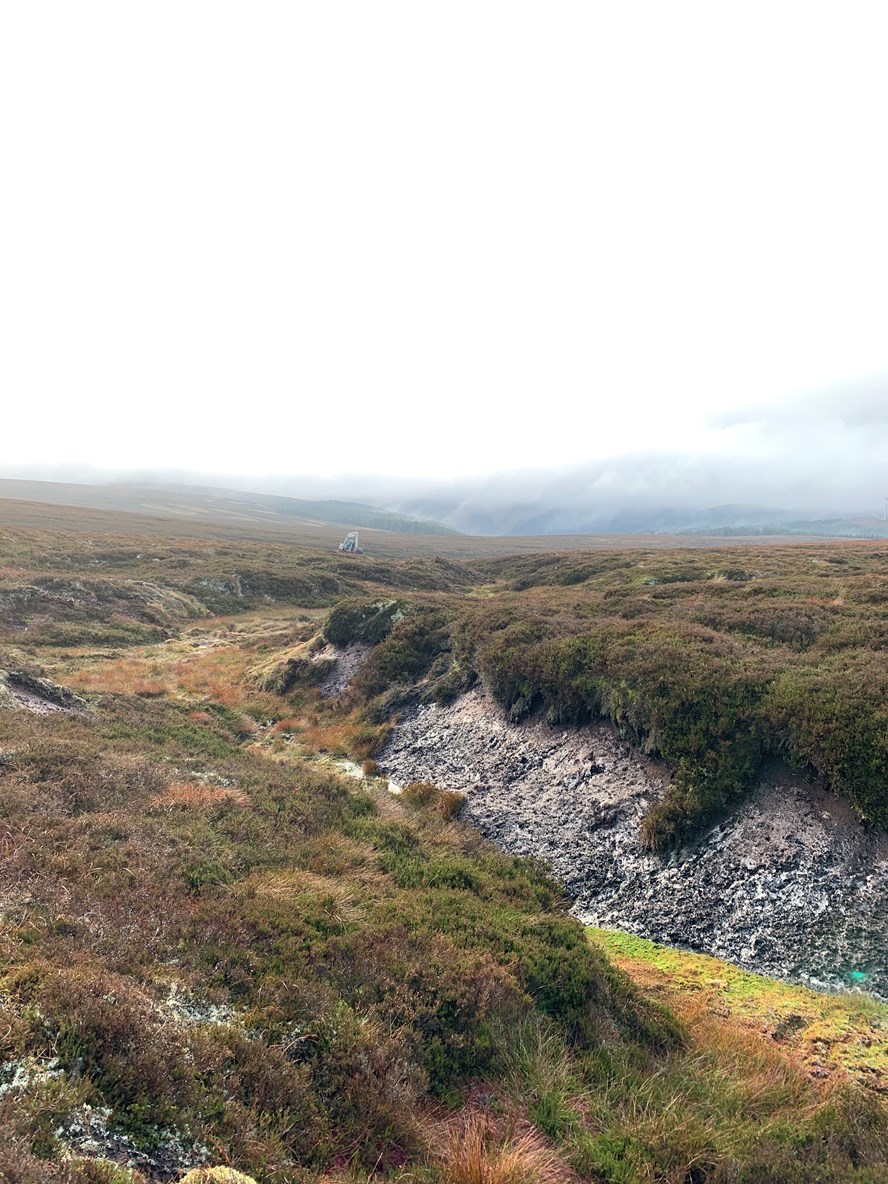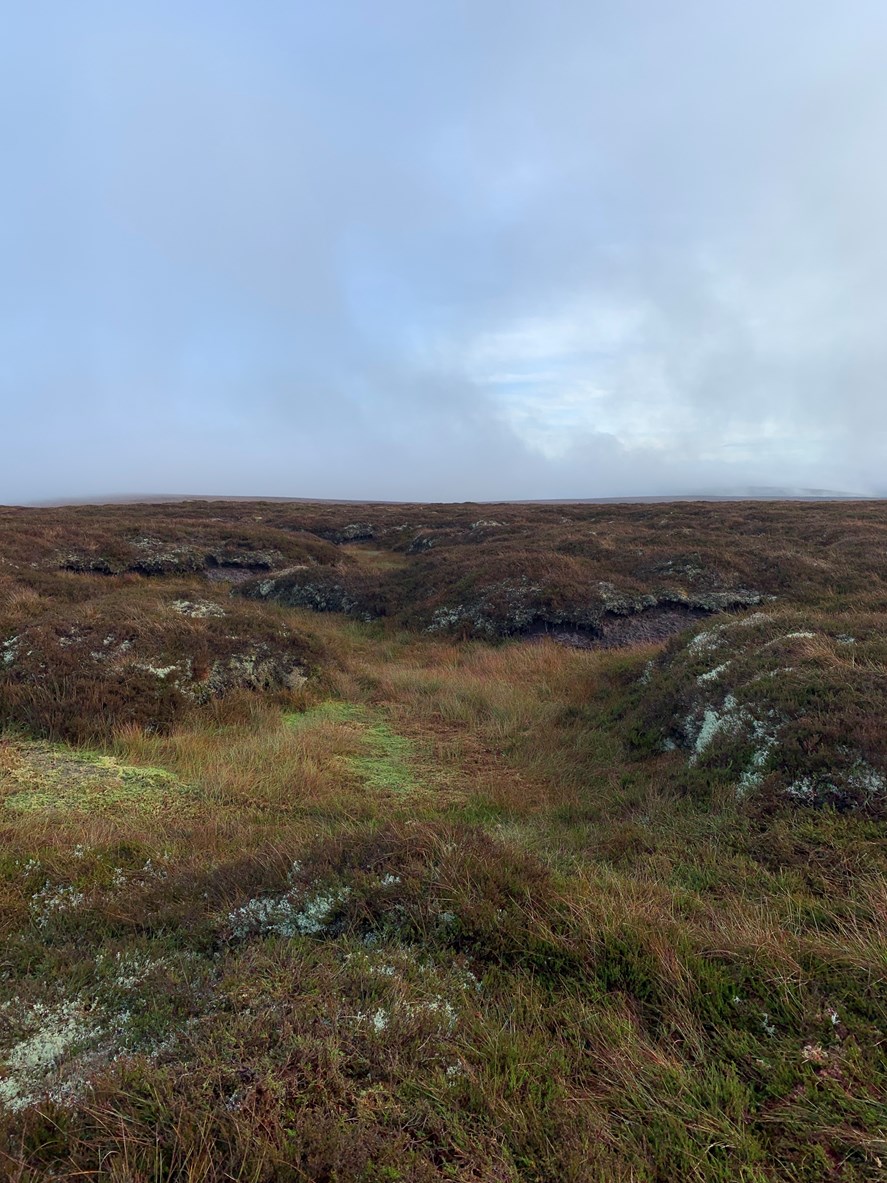Scottish Woodlands Ltd works with Soil Association on landmark peatland project
The carbon team at Scottish Woodlands Ltd has worked with The Soil Association on a landmark peatland restoration scheme in the Scottish Borders.
More than 150 hectares (around 380 acres) of degraded peatland in the Moorfoot Hills will be restored as part of the project - reducing carbon dioxide emissions by an estimated 35,000 tonnes over 100 years.

The scheme is the first Peatland Code project to receive certification from the Soil Association, and will help to support biodiversity as well as tackling the climate crisis.
Peatland covers 12% of the UK and stores around three billion tonnes of carbon but 80% of this peatland is degraded or in a poor state and emits around 16 million tonnes of the gas carbon dioxide (CO2) each year. In their natural waterlogged state, peatlands store carbon like no other ecosystem - so restoring them to good health can play a significant role in climate change mitigation, prevent biodiversity loss, help to enhance water quality and create rural employment.

The peatland in the Moorfoot Hills is currently degraded, with exposed peat and deep erosion gullies. The Scottish Woodlands-led project includes adding natural peat barriers and dams to retain water, and the revegetation of bare peat. The aim is to raise the water table, stabilise the eroding peat, and encourage the regrowth of peat-building bog species such as sphagnum mosses.
Scottish Woodland Ltd Carbon Manager Emma Kerr said: “Scottish Woodlands is delighted to have validated its first peatland restoration project under the Peatland Code with Soil Association Certification. The restoration will contribute to a large reduction in carbon emissions over 100 years and improve the biodiversity value of the upland bog habitat. The work will support recovery of bog plants and benefit the Golden Plover and other birds breeding in the Moorfoot Hills."

“Scottish Woodlands has enjoyed working alongside Soil Association Certification on this first project to understand the level of detail required for project validation and to learn about the complexities of peatland restoration as work begins on site.”
Soil Association Certification Project Development Manager Andy Grundy said: “This marks a milestone in the delivery of two of Soil Association Certification’s key aims of restoring nature and addressing the climate crisis. This peatland project is the first of many projects we have in the pipeline. Importantly the scheme provides a funding mechanism for peatland projects to access carbon markets, whilst offering assurances to carbon buyers that any scheme they are investing in has been validated and verified to deliver the climate benefits it promises.”

Soil Association Certification has already verified over 135 Woodland Carbon Code projects since 2017, expected to sequester over three million tonnes of CO2e (equivalent) through their life, by creating over 11,500 hectares of new woodland. Adding the capability to validate and verify Peatland Code restoration projects has the potential to reduce millions of tonnes of CO2e emissions and restore some of the most vulnerable and unique landscapes in the UK including the Flow Country in the north of Scotland, as well as Dartmoor National Park and the Fens in England.
The Peatland Code is a voluntary certification standard for UK peatland projects wishing to market the climate benefits of peatland restoration.